Taping for de Quervain’s Tenosynovitis – Wrist pain
Are you like me right now? Trying to hash out 2021’s race schedule while crossing your fingers, legs, and eyes in hopes that you will get a couple of races in? As you wait for the race season to be confirmed. I imagine you are also, like me, pumping out the mileage on your road bike or trainer getting into shape in anticipation for a great; if not uncertain year. Spending untold hours in the saddle also comes with an accumulation of wear and tear on your wrists, elbows, and shoulders.
Are you experiencing pain in the wrist close to the thumb? A common problem cyclists experience is called de Quervain’s. This is caused by repeated thumb motions like grasp, squeezing, or wringing of the handlebars leading to inflammation of the extensor pollicis brevis and abductor pollicis longus tendons.
The swelling from the inflammation then reduces the smooth gliding action of the tendons through their tendon tunnels. If it becomes a chronic issue, scar tissue builds up on the tendons causing friction between the pollicis tendons and their sheaths. You may start to feel a creaking at the base of your thumb and find that grasping objects becomes increasingly painful. Pain may also spread up into your forearm or further down into your wrist and thumb.
Here is a self-test (Finkelstein Test) to see if you may have tendonitis of your extensor and abductor tendons. Make a fist with your thumb tucked inside. With the thumb side of the fist facing up, bend your wrist towards the ground (ulnar deviation). If you feel a sharp burning pain at the base of your thumb or up into your forearm. You may have de Quervain’s.
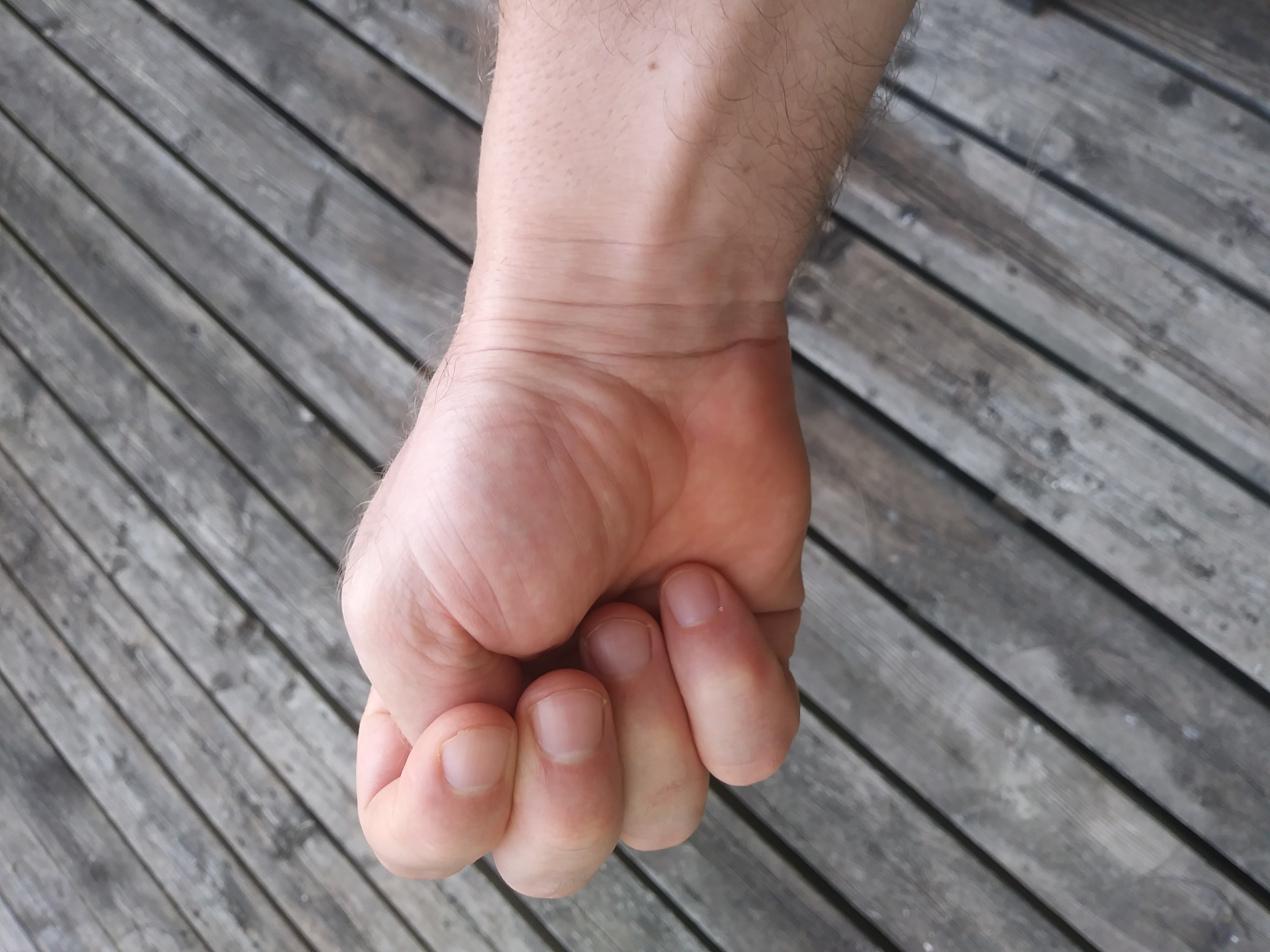
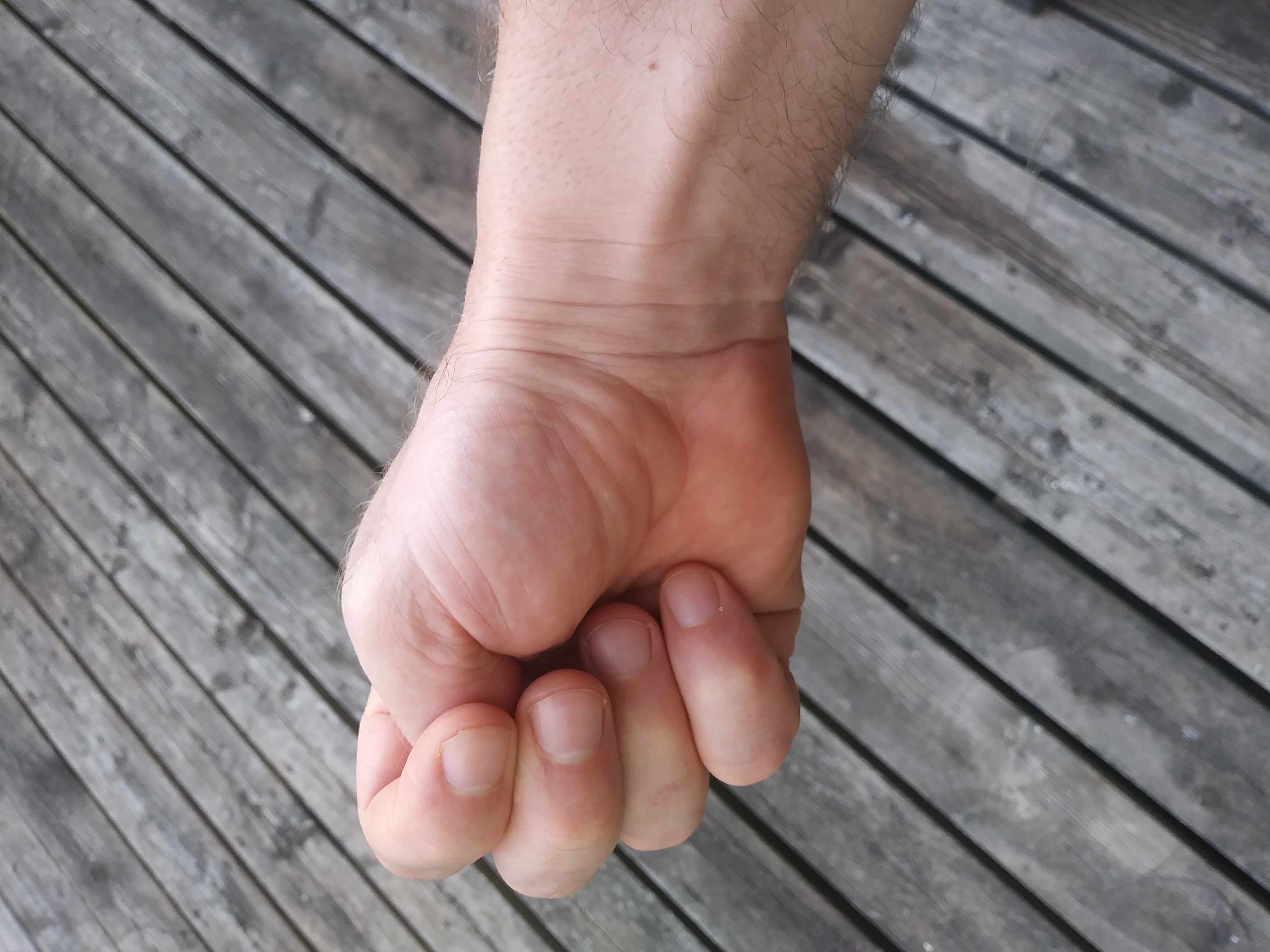
Blood flow is essential for healing and recovery. With an increase in blood flow, the much-needed nutrients for healing and flushing of damaged tissues are carried out
Here is a taping technique I like to use with my patients who are presenting with de Quervain’s.
Taping to support wrist
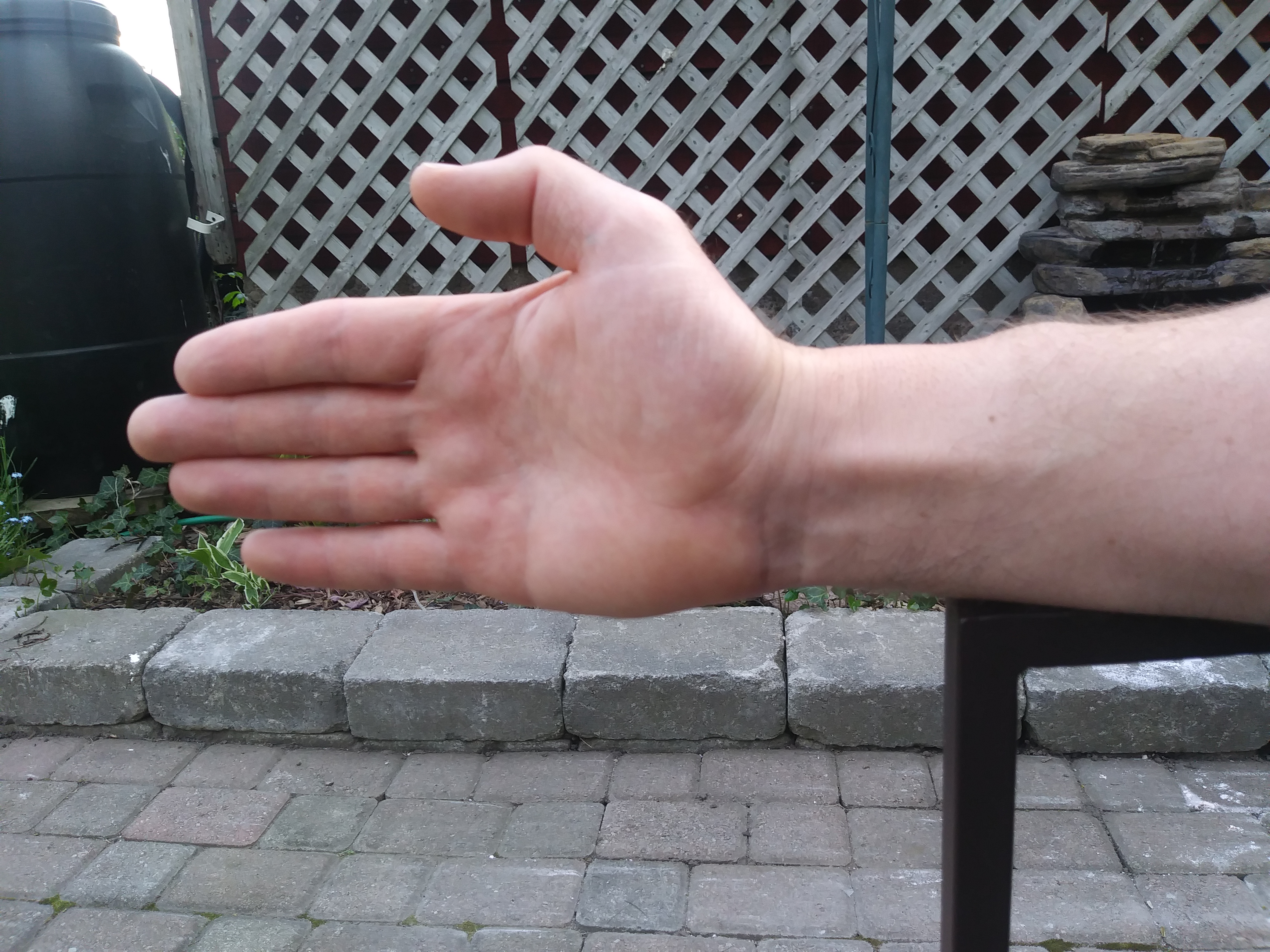
Support your forearm to keep your wrist in a neutral position, bend the tip of your thumb slightly
Place the anchor end of the tape at the base of your nail bed
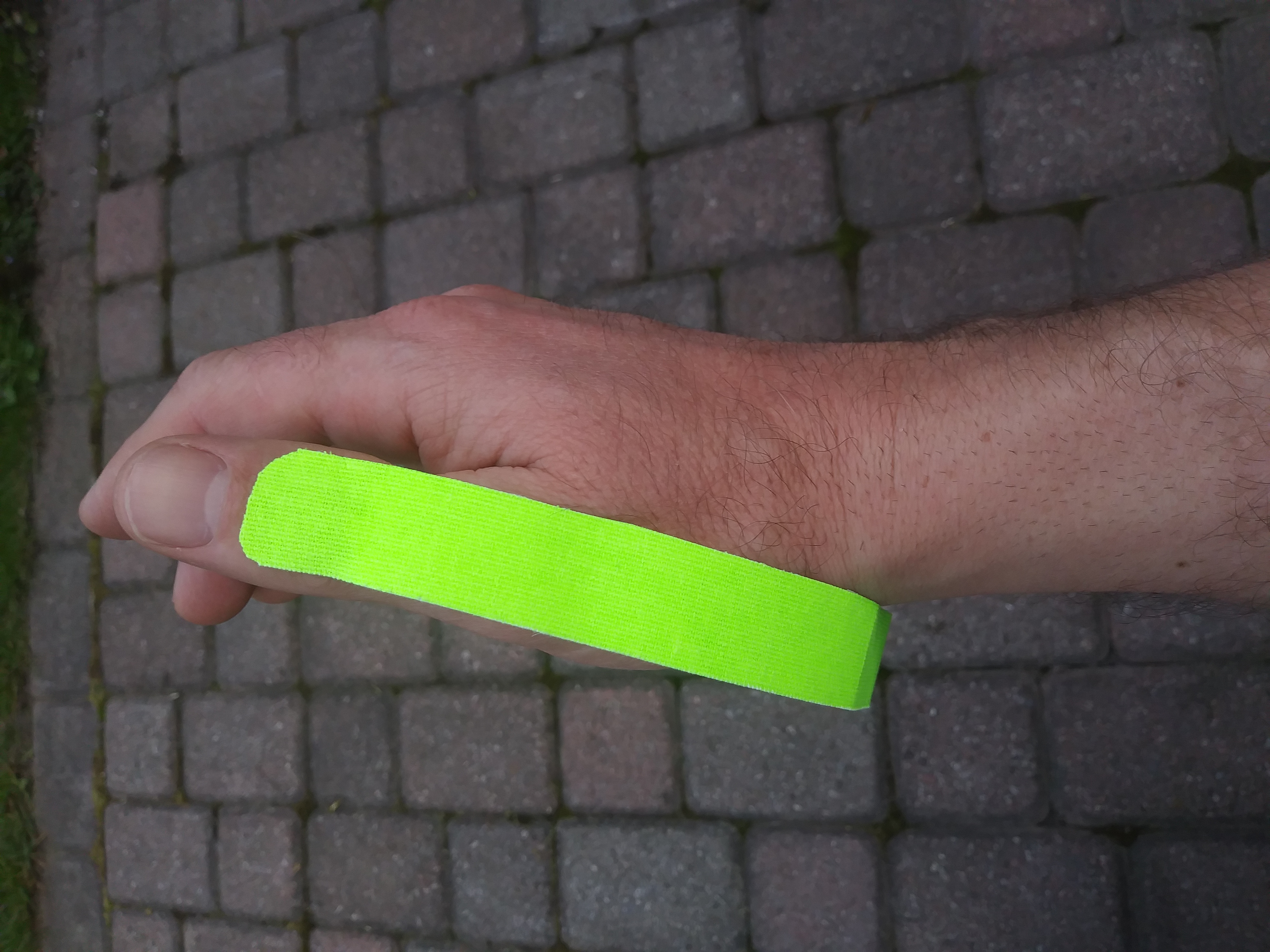
Apply a 25% stretch on the tape and place the other end on your forearm
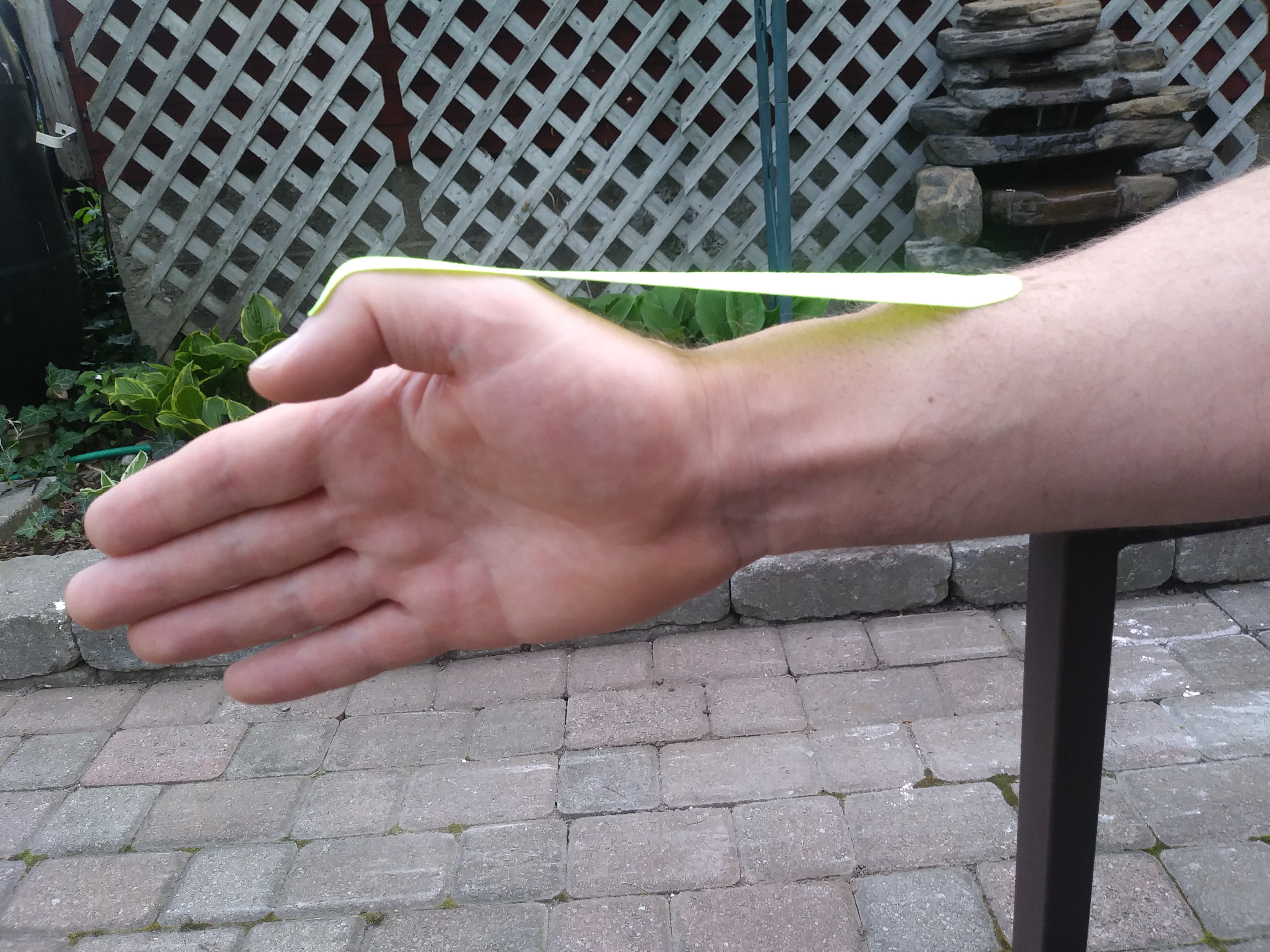
Next ulnar deviate your wrist which will bring the length of the tape down onto the wrist
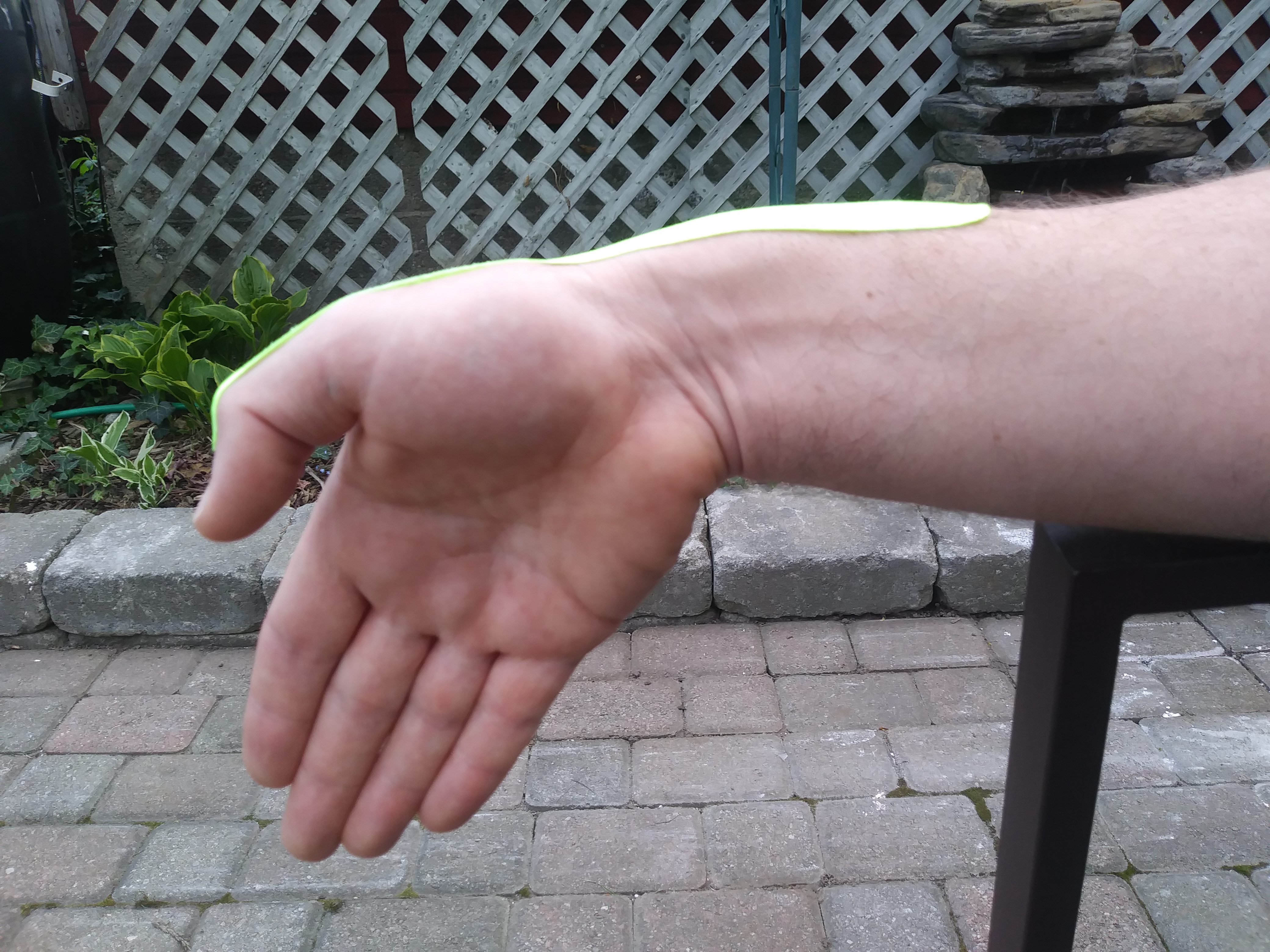
Rub the tape to secure the adhesive
Create a Y strip and turn your forearm palm up. Apply anchor of Y strip onto center of wrist
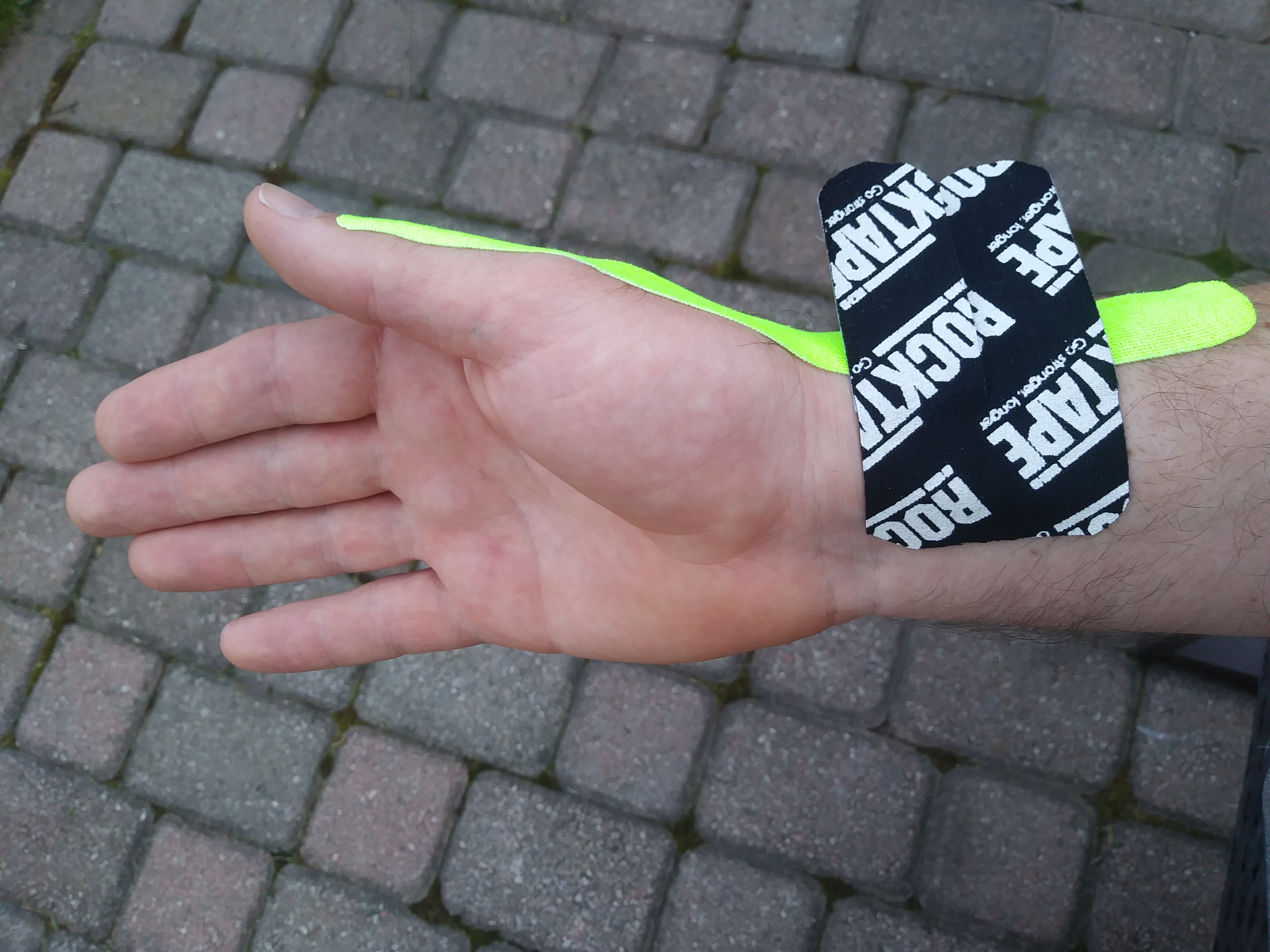
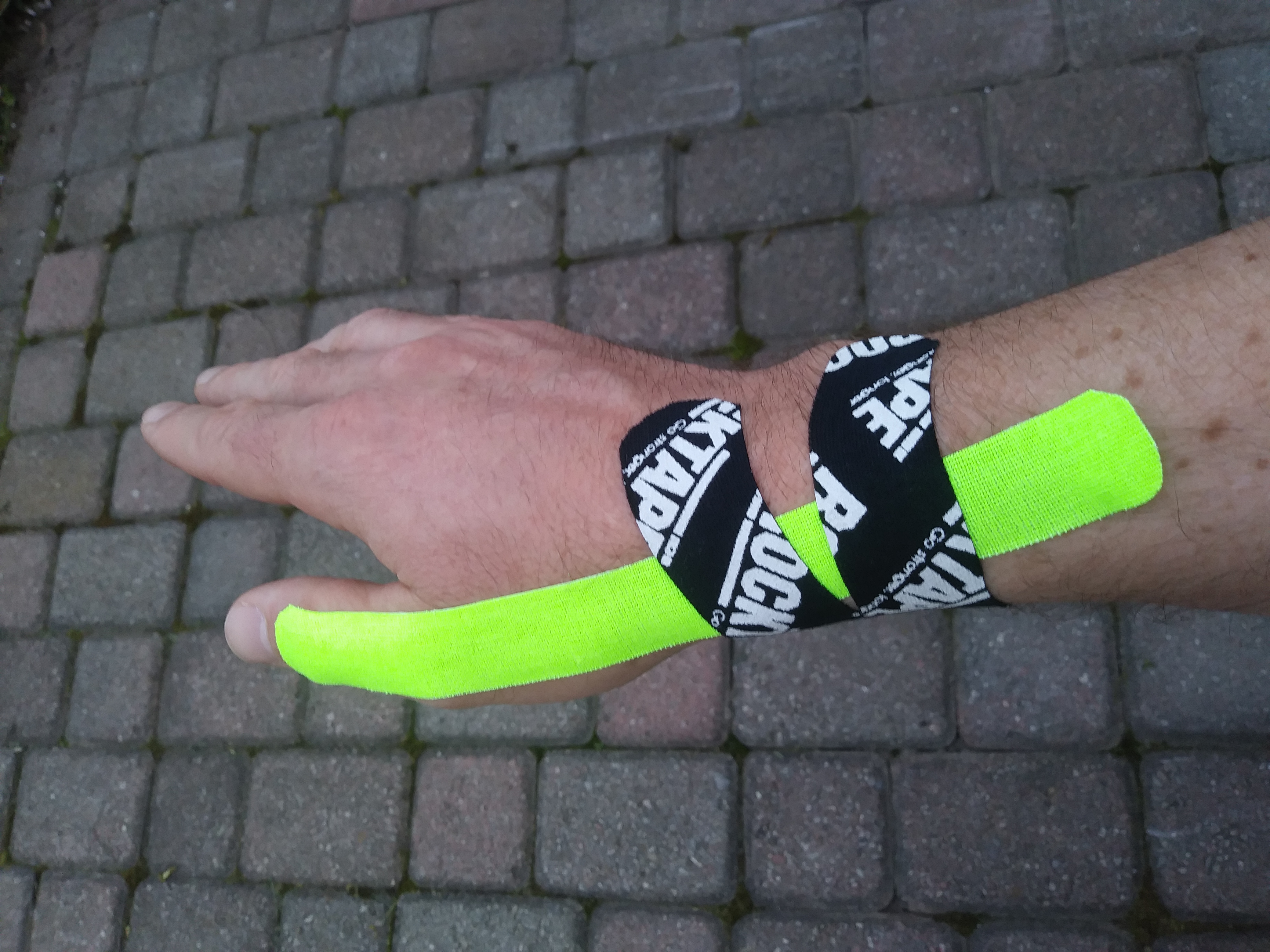
Apply 50% stretch to one leg of strip and wrap it around the thumb side of your wrist, repeat for the other – this will decompress the pressure on the extensor and abductor tendons of the thumb
The tape helps to increase the blood flow to the area, as well as decompress the extensor retinaculum around the tendons. If you continue to feel pain in your thumb and forearm after resting for a couple of days. Visit your favorite sports massage therapist or physiotherapist for a more in-depth assessment and treatment plan.
Get some tape: http://shop.rocktape.ca/rocktape/medical-rocktape/
More taping applications: http://www.rocktape.ca/medical/guides/rocktape/
Jeff Kittmer RMT
Registered Massage Therapist
Canadian Sports Massage Therapist Assoc
Sports Candidate Member CSMTASCM
